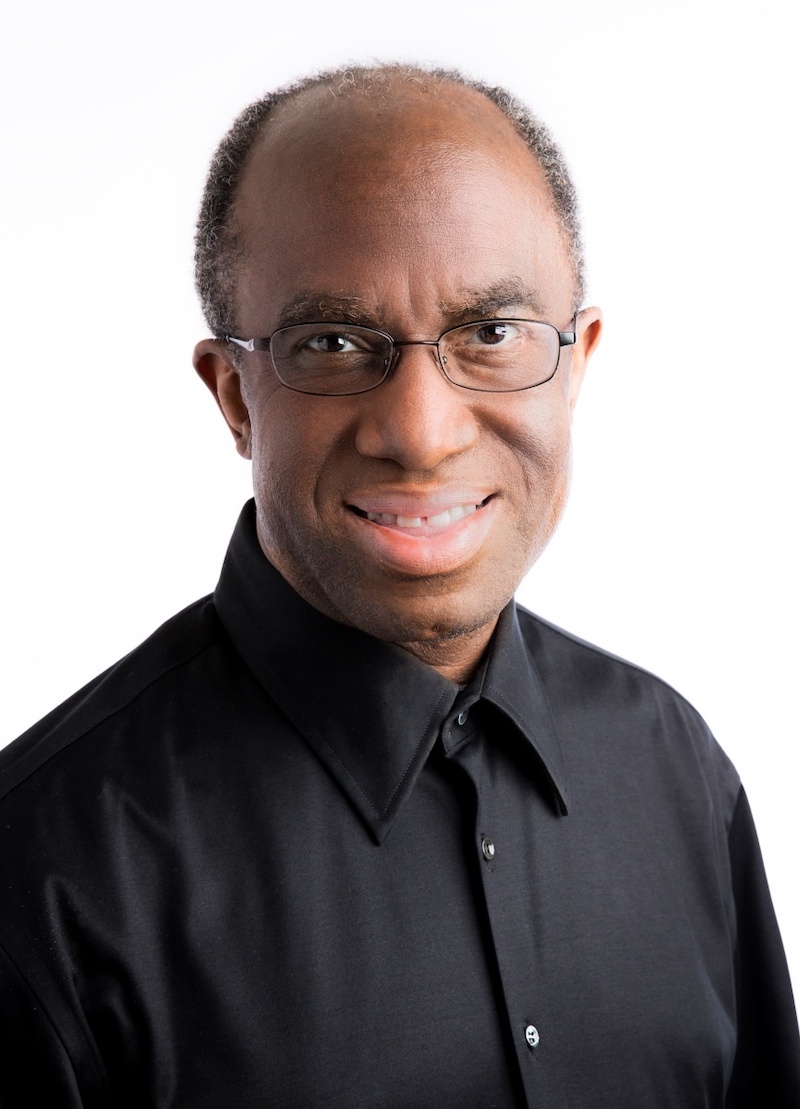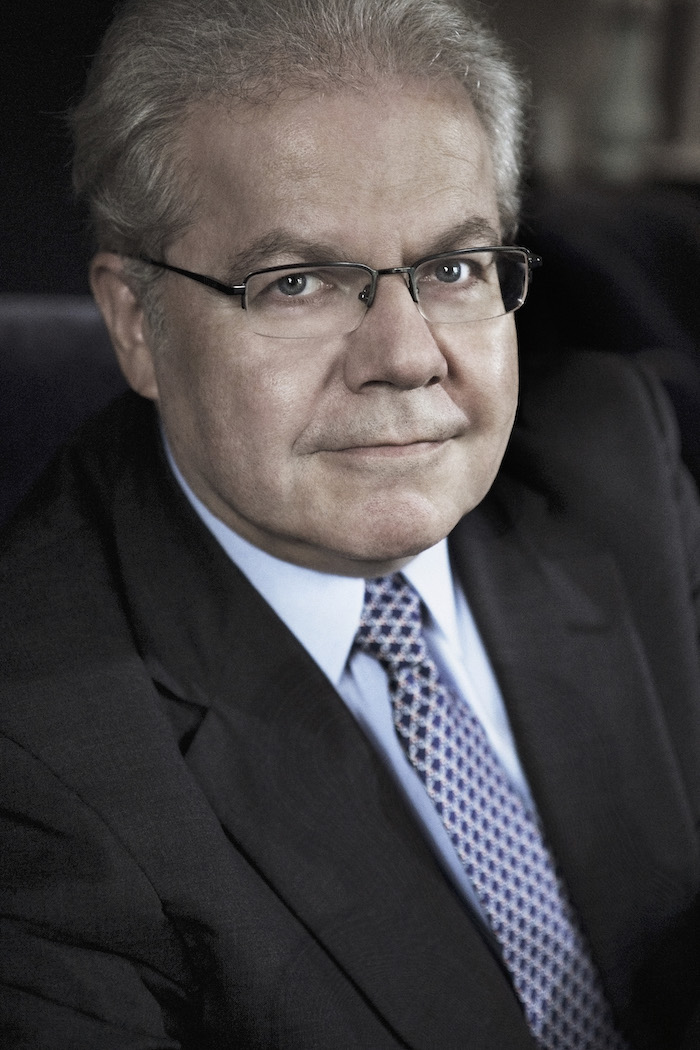On Friday, Feb. 8, the Paramount Theater was heavily attended for one of the top pianists of our age, Emanuel Ax, as he performed with the Oakland Symphony in an all-Beethoven program.
There was a second draw that helped to fill the three thousand seats: the students of Oakland’s MUSE Vivo program, performing with the regular orchestra members in the second half of the program. The many parents and relatives in the audience were a welcome sight amidst the classical fans, and a show of force for music education.
Conductor Michael Morgan and Ax spent the week bringing music to classrooms across Oakland, and then the youth orchestra, the product of long years of the Symphony’s involvement in the community, took their turn onstage with them at the Paramount.

Before the concert Morgan welcomed us. “All year musicians from our orchestra go out into the schools for our MUSE [Music Education] program.” There were applause for the orchestra, but Morgan interrupted. “Actually, I want you to see who they are. Please stand!” And we applauded again as many musicians stood among their peers. “This concert is just the crowning concert of a remarkable week, a residency in the school system by Emanuel Ax…You think you’ve heard Ax,” he later added, “but you haven’t really heard him play until you’ve heard him play ‘Twinkle, twinkle little star’ to children.”
And then came an evening of lovely but lesser-performed Beethoven works, his B-list, as it were, culminating in the Choral Fantasy, with the regular musicians supplemented by the youth orchestra and Ax. The back of the deep stage was filled with over 150 singers from the Oakland Symphony Chorus and Oakland Gay Men’s Chorus, and six excellent soloists.
A spectacle worthy of the gilded excess of the Paramount, in other words.

Ax opened the Choral Fantasy with progressions that stormed and then receded into quick intimacy and then built again, a display of powerhouse moments and scintillating waterfalls of notes that were meant to be a vehicle for Beethoven’s own virtuosity. And in between the wild moments were childlike themes, a simple and joyous back and forth between piano and strings.
The clean pauses gave this fabric a lovely tension. And then in the final movement the chorus entered on flowers and gentle joy, all sung in cleanly enunciated German. It felt surprisingly like his later Ninth Symphony, with parallels in structure and feeling.
“It was great to hear the MUSE students playing with the orchestra,” I said to Michael Morgan, congratulating him afterwards.
“Even more importantly, it was great to NOT hear them,” quipped the conductor of the Oakland Symphony. “There are so many holes in the Beethoven that it only takes one mistake. But those kids worked very hard for this concert.”
I then asked concertmaster Terrie Baune about those parallels. “The Choral Fantasy? It was a tryout for the Ninth and the Ode to Joy,” she confirmed, “a look inside Beethoven’s notebook… It was seeing how he tried out different things to develop the material.”
The evening began with the Overture to Egmont, a regal and sumptuous work of big ensemble chords and pregnant pauses. Painted in bold gestures, this was hair-raising stuff and they did it to the nines.
Morgan’s conducting was mesmerizing. At one point he stood stock still for a long moment and then exploded into the downbeat, as if he was telling his strings, “C’mon. We know this in our heart!”
And then Ax joined them for Beethoven’s Piano Concerto No. 1, a journey into the graciousness and camaraderie of 1798. Here Ax was a bon vivant, gentle in one moment and full-tilt in the next, runs that sparkled with certainty and then slowed to reverential.
Ah, it is a marvelous work. And to think it all started with twinkle, twinkle.
—Adam Broner
Photo top of Michael Morgan, by Marco Sanchez; below, of Emanuel Ax, by Lisa Marie Mazzucco.
